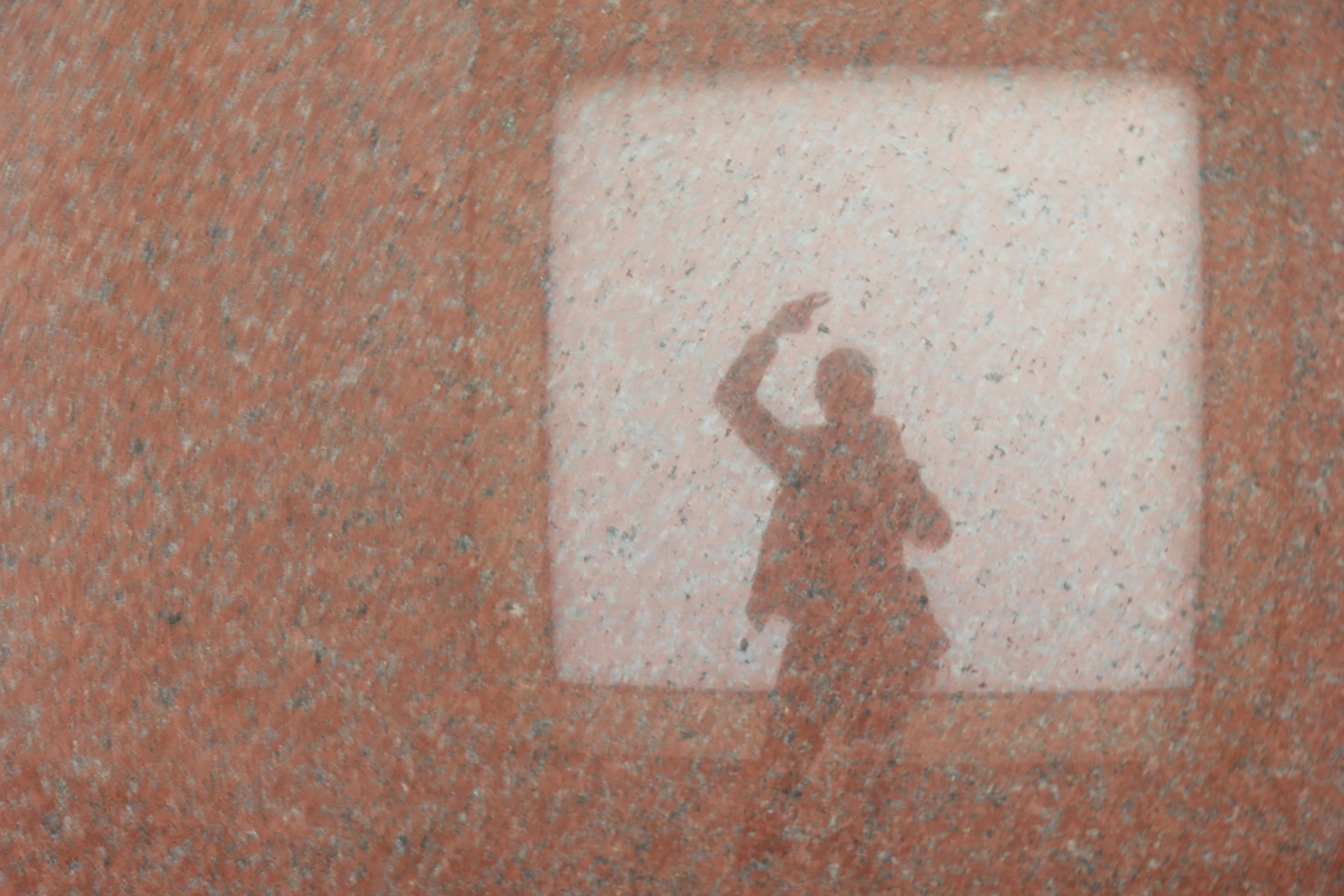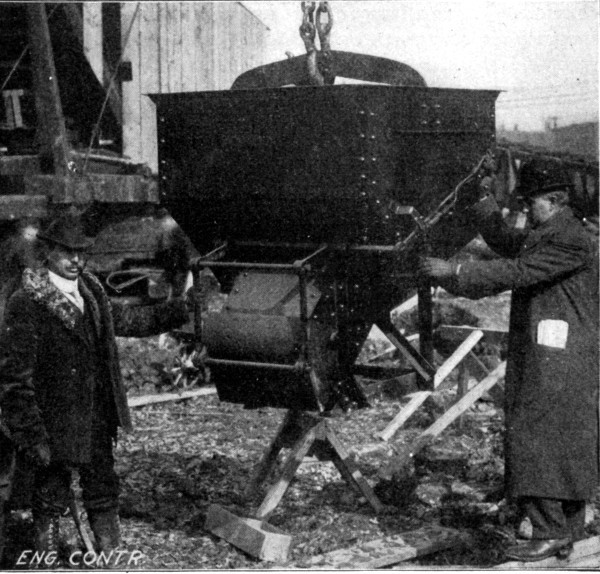Yeah I don’t know what any of this means:
MANIÈRE D’OPÉRER.
Première préparation de la plaque.
Nota.—Pour être plus court dans la description qui va suivre, j’indiquerai chaque substance en abrégé. Ainsi je dirai, pour désigner la solution aqueuse de bichlorure de mercure, sublimé; pour la solution de cyanure de mercure, cyanure; pour l’huile de pétrole acidulée, huile; pour la dissolution de chlorure d’or et de platine, or et platine; et pour l’oxyde de fer, rouge seulement.
On polit la plaque avec du sublimé et du tripoli d’abord, et ensuite avec du rouge[7], jusqu’à ce qu’on arrive à un beau noir. Puis, on pose la plaque sur le plan horizontal et on y verse la solution de cyanure que l’on chauffe avec la lampe, absolument comme si l’on fixait une épreuve au chlorure d’or. Le mercure se dépose et forme une couche blanchâtre. On laisse un peu refroidir la plaque, et après avoir renversé le liquide, on la sèche en la frottant avec du coton et en la saupoudrant de rouge.
Il s’agit maintenant de polir la couche blanchâtre déposée par le mercure. Avec un tampon de coton imbibé d’huile et de rouge, on frotte cette couche juste assez pour qu’elle devienne d’un beau noir. Ou pourra, en dernier lieu, frotter assez fortement, mais avec du coton seul, pour amincir le plus possible la couche acidulée.
Ensuite on place la plaque sur le plan horizontal et on y verse la dissolution d’or et de platine. On chauffe comme à l’ordinaire; on laisse refroidir et puis on renverse le liquide que l’on sèche, en frottant légèrement avec du coton et du rouge.
Il faut faire cette opération avec soin, surtout lorsqu’on ne doit pas continuer immédiatement l’épreuve; car autrement, on laisserait sur la plaque des lignes de liquide, qu’il est toujours difficile de faire disparaître. Par ce dernier frottage la plaque ne doit être que séchée et non pas polie.
Ici se borne la première préparation de la plaque, celle qui peut être faite longtemps à l’avance.
Seconde préparation.
Nota. Je ne crois pas convenable de mettre entre cette opération et l’iodage de la plaque un intervalle de plus de douze heures.
Nous avons laissé la plaque avec un dépôt d’or et de platine. Pour polir cette couche métallique, il faut prendre avec un tampon de coton de l’huile et du rouge, et frotter jusqu’à ce que la plaque redevienne noire; et puis avec de l’alcool et du coton seulement, on enlève le plus possible cette couche d’huile et de rouge.
Alors on frotte assez fortement, et en repassant plusieurs fois aux mêmes endroits, la plaque avec du coton imprégné de cyanure. Comme cette couche sèche très-promptement, elle pourrait laisser sur la plaque des traces d’inégalité; pour éviter cela, il faut repasser le cyanure, et pendant que la plaque est encore humide, avec un tampon imbibé d’un peu d’huile on s’empresse de frotter sur toute la surface de la plaque, et de mêler ainsi ces deux substances; puis, avec un tampon de coton sec, on frotte pour unir et en même temps pour dessécher la plaque, en ayant soin d’enlever du tampon de coton les parties qui s’humectent de cyanure et d’huile. Enfin, comme le coton laisse encore des traces, on saupoudre également la plaque d’un peu de rouge que l’on fait tomber en frottant légèrement et en rond.
Ensuite, avec un tampon imprégné d’huile seulement, on frotte la plaque également, et de manière à faire revenir le bruni du métal; et puis on saupoudre avec du rouge, et l’on frotte très-légèrement en rond, de manière à faire tomber tout le rouge qui entraîne avec lui la surabondance de la couche acidulée[8].
Enfin, avec un tampon de coton un peu ferme, on frotte fortement pour donner le dernier poli[9].
Il n’est pas nécessaire de renouveler souvent les tampons imbibés d’huile et de rouge; il faut seulement les garantir de la poussière.
J’ai dit plus haut que la première préparation de la plaque peut servir indéfiniment; mais on comprend que la seconde doit être modifiée selon qu’on opère sur une plaque qui a reçu une épreuve fixée ou une non fixée.
Sur l’épreuve fixée.
Il faut enlever les taches laissées par l’eau du lavage, avec l’oxyde rouge et de l’eau faiblement acidulée d’acide nitrique (à 2 degrés dans cette saison, et moins dans l’été).
Ensuite, il faut polir la plaque avec de l’huile et du rouge pour enlever toutes les traces de l’image qu’on efface.
On continue alors l’opération comme je viens de le dire plus haut pour la seconde préparation de la plaque neuve et à partir de l’emploi de l’alcool.
Sur l’épreuve non fixée (mais dont la couche sensible a été enlevée comme à l’ordinaire, dans l’hyposulfite de soude).
D’abord, il faut frotter la plaque avec de l’alcool et du rouge pour enlever les traces de l’huile qui a servi à faire l’épreuve précédente.
On continue ensuite comme il est indiqué plus haut pour la plaque neuve, et à partir de l’emploi de l’alcool.


